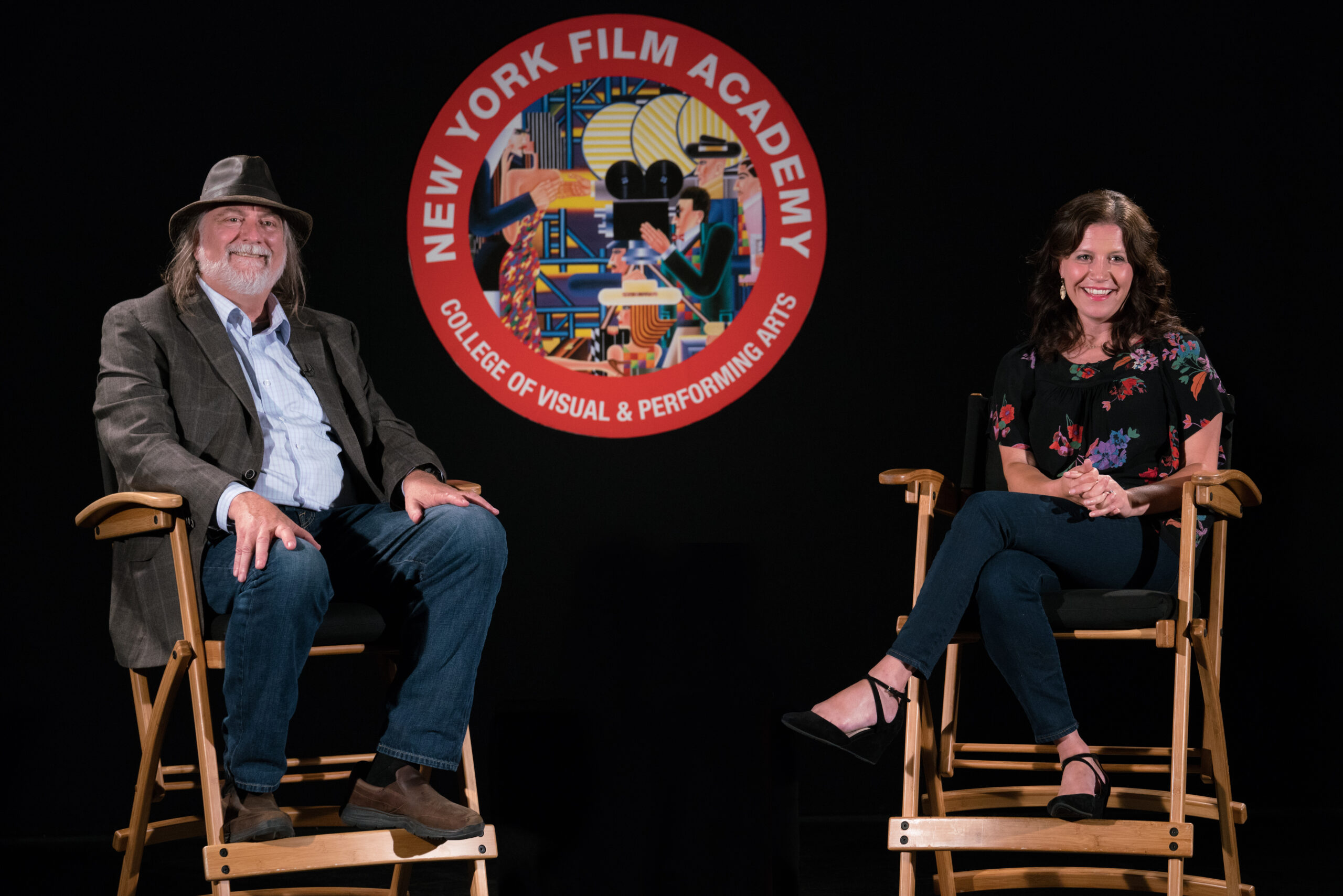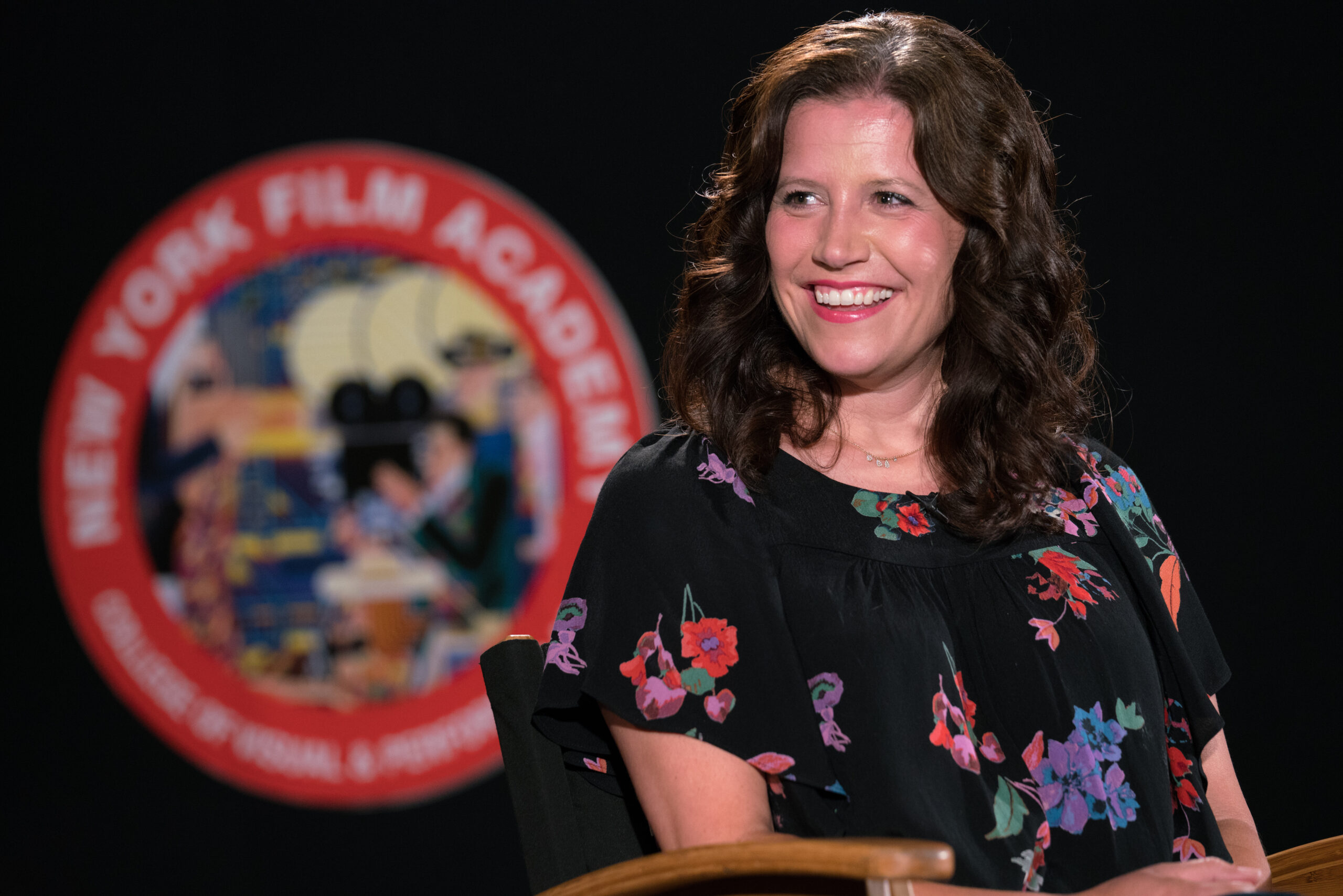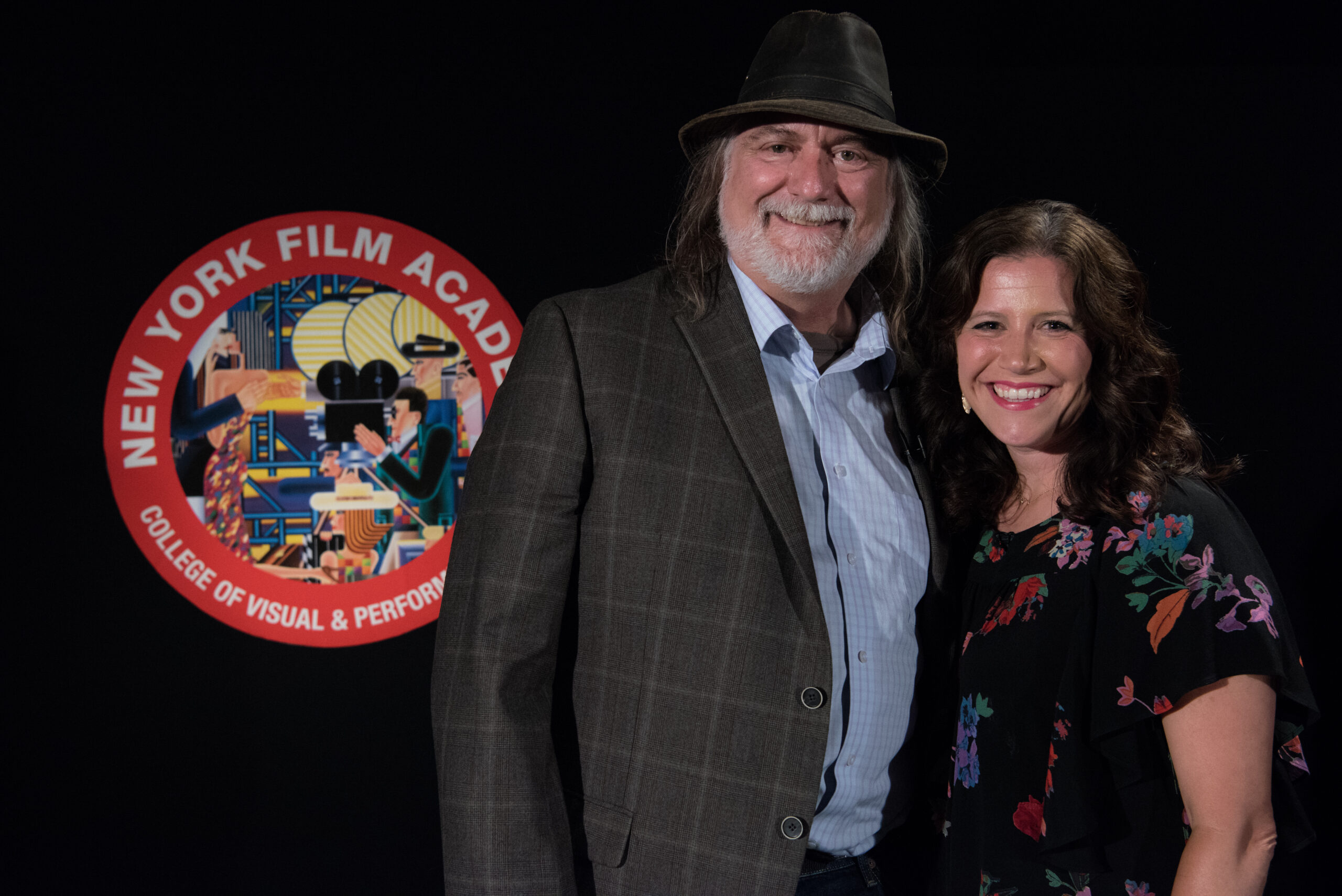This August, Head of Animation for Walt Disney Studios Amy Lawson Smeed gave a rousing Q and A at the Los Angeles campus of the New York Film Academy, after a screening of her latest work “Moana.” Smeed’s work includes “Treasure Planet,” “Paperman,” “Frozen,” “Tangled,” and “Moana.” The event was moderated by NYFA Chair of Animation Craig Caton.
Students were excited to hear from one of the few leading women in animation. A recurring theme of the night was how much animation is accomplished by private performances no one ever sees. Smeed described working in an isolated room trying to capture the feelings and actions of a character. “I don’t ever want the character to look like me.”
The performance is less about being the character and more about finding the truth and nuance in the scene. As an example, Smeed spoke about the scene in “Tangled” when Rapunzel sings over a dying Flynn Rider. Smeed drew on a personal family loss and her favorite tearjerkers to study how the throat gets tight when a person cries and how their eyes widen and tear.
Smeed explained to the screenwriters in attendance that as an animator she does not often see a script. The collaborative nature and time intensive work requires a lot of planning up front. The workflow generally begins with a polished script, that is then storyboarded and screened (an animatic) for the entire studio. Everyone then has an opportunity to give notes on what they saw.
Those notes are considered, a new draft is written, and the new and improved animatic is screened. Scenes that work are then given to the voice actors to record the dialogue. The recording sessions are filmed as a reference for animators. Finally, the recorded dialogue is given to the animators and they go to work making their character walk and talk.
The reference tapes can be used to help define the character. Dwayne Johnson’s character in “Moana,” Maui, maintained “the people’s eyebrow” made famous during Johnson’s wrestling days. Smeed says the performance aspect is her favorite part of the job. Animating her first Disney kiss in “Tangled Ever After” was a particular highlight.
Smeed was asked to give the best advice to students getting started in the industry. She said the reel is the animator’s key to getting into the exclusive club of working creators. She highlighted three key elements to improve a reel. The first is to flip images of characters. If a something seems off about a pose, reverse the image. If it still seems off or if the pose becomes worse, it means something is wrong — perhaps the weight is distributed oddly or an angle of the limbs slightly askew.
Smeed also shared that incorporating entertainment value is vital to impressing a veteran reviewing your work. “This can be something funny, a line or a gag, or it can be a moment that moves you,” Smeed said. What matters most is that an emotional reaction is elicited out of the viewer.
Finally, students were encouraged to make sure the animated scenes in their portfolio include texture. Smeed defined texture as the way characters react to objects, tasks, and people when they are not speaking. Giving their hands and face definition is vital to making the character feel like a living being.
The New York Film Academy would like to thank Amy Smeed for taking the time to speak to our students. Smeed’s next project is “Wreck-It Ralph 2,” and she noted that she’s excited to be animating the reunion of all the living Disney Princesses.
Watch the full Q&A here:




